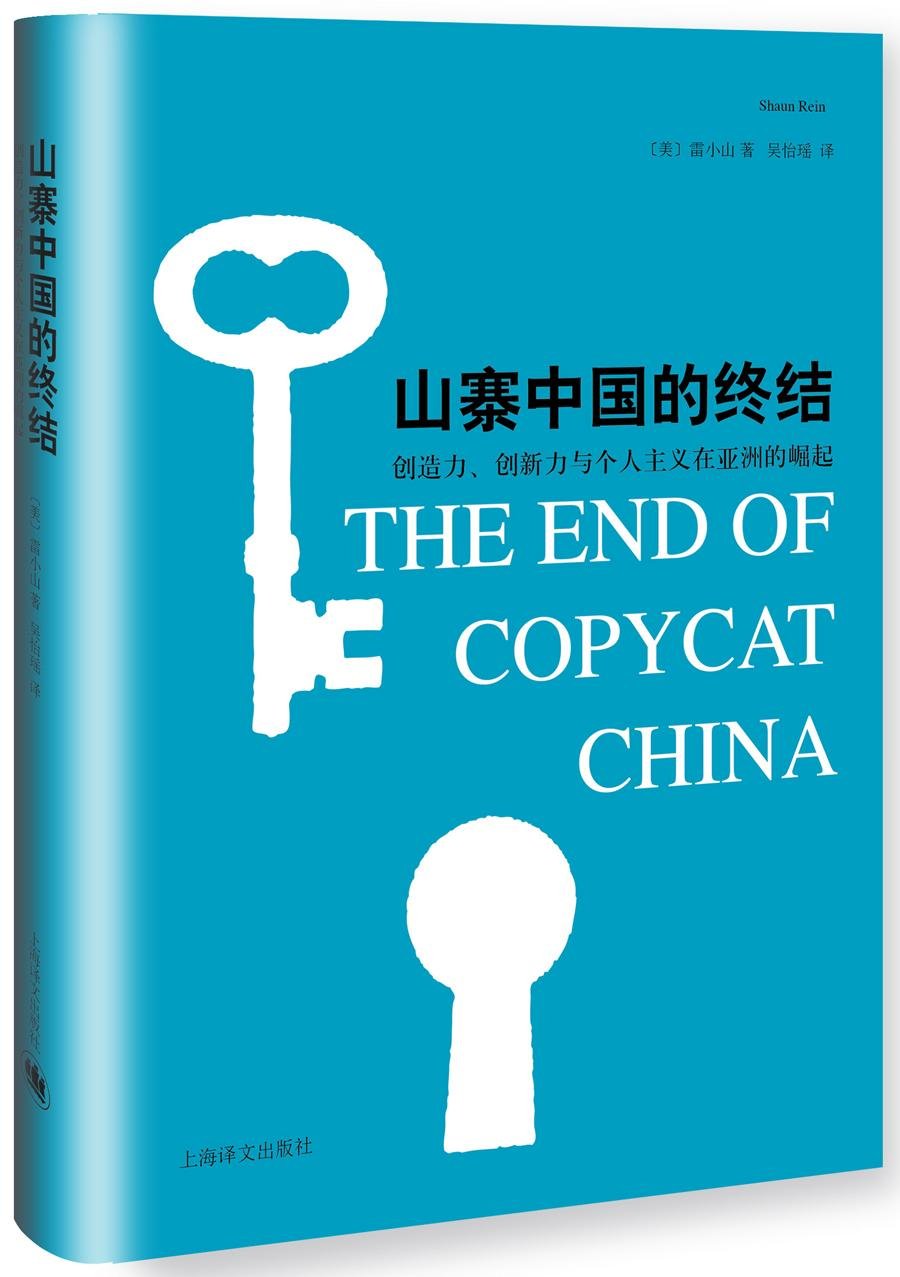Motivation kick-starts Chinese innovation

The End of Copycat China – The Rise of Creativity, Innovation and Individualism in Asia
Author: Shaun Rein
Publisher: Wiley
Many attribute China’s economic success to heavy investment, exports and cheap labor, and claims that it has copied technology from developed countries and lacks creativity never end. However, in The End of Copycat China – The Rise of Creativity, Innovation and Individualism in Asia, Shaun Rein takes on the topic of the Chinese economy, showing his optimism about the market.
Rein is the founder and managing director of the China Market Research Group (CMR), the world’s leading strategic market intelligence firm focusing on China.
The Chinese economy has relied on heavy investment since the reform and opening up. Production of the most basic goods made profit “acquired as easily as low-hanging fruit,” tempting firms to adopt this established model for quick profit. Rein named this stage “copycat companies and low-hanging fruit.”
After the successful providing basic goods to domestic consumers, a series of changes took place. The sluggish world economy, big pressure on the Chinese market, the intensifying anti-corruption fight and higher expectation of consumer forced Chinese firms to turn to innovation and brand building. In this circumstance, Rein argues that China’s economy is shifting from one based on copycat practices to one based on innovation.
Of course, his optimistic perception is not without foundation. This book draws from more than 50,000 surveys and Rein’s interviews with Chinese consumers, executives and officials. His conclusions were also supported by some foreign market research organizations.
The Boston Consulting Group (BCG) put four Chinese firms, namely Lenovo, Xiaomi, Tencent and Huawei, on its list of the World’s 50 Most Innovative Companies of 2014. Rein also points to another innovative model as it relates to value chains and business patterns. He argues that China is more specialized in this model, marking the second phase “innovation for China.”
The book refutes the common perception that Chinese culture limits its ability to innovate, because historically the country developed huge innovations such as “gunpowder, multi-stage rockets and the compass.” In fact, the extremely high profit in “low-hanging fruit,” meant there was no motivation for companies to innovate.
In terms of the Chinese system, Rein argues that the overemphasis on rote memorization only creates a professional class that is less innovative, and the ineffective protection of intellectual property removes the incentive to innovate.
Fortunately, the Chinese government and enterprises came to realize how important and crucial innovation is in developing a sustainable society and economy. Regulations to encourage innovation and increase investment in research, plus fierce market competition and growing demand from Chinese consumers have made Rein believe that China will strive toward the third phase “innovation for the world.”

 PRINT
PRINT CLOSE
CLOSE